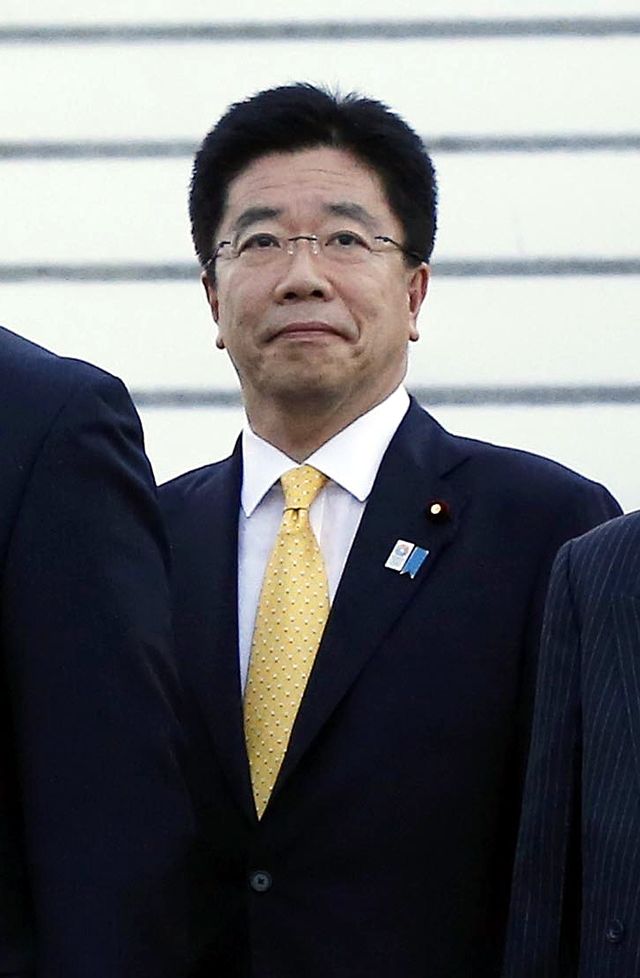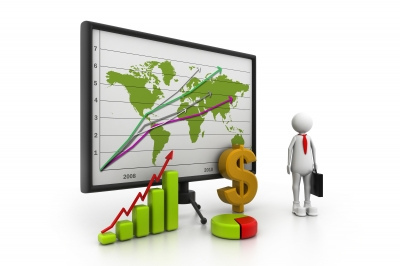
Perceptions Versus Reality
Even though more people see China as the global economic leader, the truth is, America is still way ahead of this eastern superpower. A survey carried out by the Pew Research Center this year found that a mere 36 percent of (over 26,000) respondents (spanning 21 countries) regarded America as the leading economic power – a drop from 45 percent in 2008. Why? Probably because many people still see America’s economy as being in turmoil, due to the western recession that impacted it the most. However, even with all of that, it is still ahead of China. In addition, the fact that Europe’s economy isn’t giving anyone anything to smile about, is not helping matters either.
Indeed, regarding figures for China’s economy just a couple of months ago, the situation doesn’t look good. However, it’s not all doom and gloom since according to Dow Jones Newswires and Reuters, industrial production increased 9.6 percent in May (compared to figures from May 2011). In addition, between January and May, fixed asset investment in urban areas increased by a little over 20 percent. Vis-à-vis inflation, wholesale and consumer price gains eased much more than expected.
China’s Economic Windfall
It should be noted that China has experienced significant outbound investments. In the first quarter of 2012, the level of acceleration reached $21.4 billion (following a standstill in 2011), boasting assets in the resource sector and South America being the most popular commodity pool operator. As well, data from the Ministry of Commerce shows China attracted nearly twice as much inward investment as the $60.1 billion it sent outbound in 2011.
Approximately 50 percent of China’s attempted foreign forays ended in failure last year. In addition, there was a sharp increased enjoyed in the country’s imports and exports in May. So, the question begs, with all this good news and the economic forecast in America not looking all that hot (especially vis-à-vis the country’s “faltering” job market), why is the perception that China is doing better than its western counterpart, not the reality? Indeed, as JPMorgan Chase economist, Michael Feroli, noted, America’s most recent economic data has been “decisively disappointing.”
The truth is, even with the optimistic economic data coming out of China, caution is still being recommended. In response to a poor economic performance for China in May, policymakers China’s slashed interest rates for the first time in over three years.
Ultimately, while both China and America are currently facing their various economic challenges, the perceptions are that China is doing better, but the reality is the opposite.






